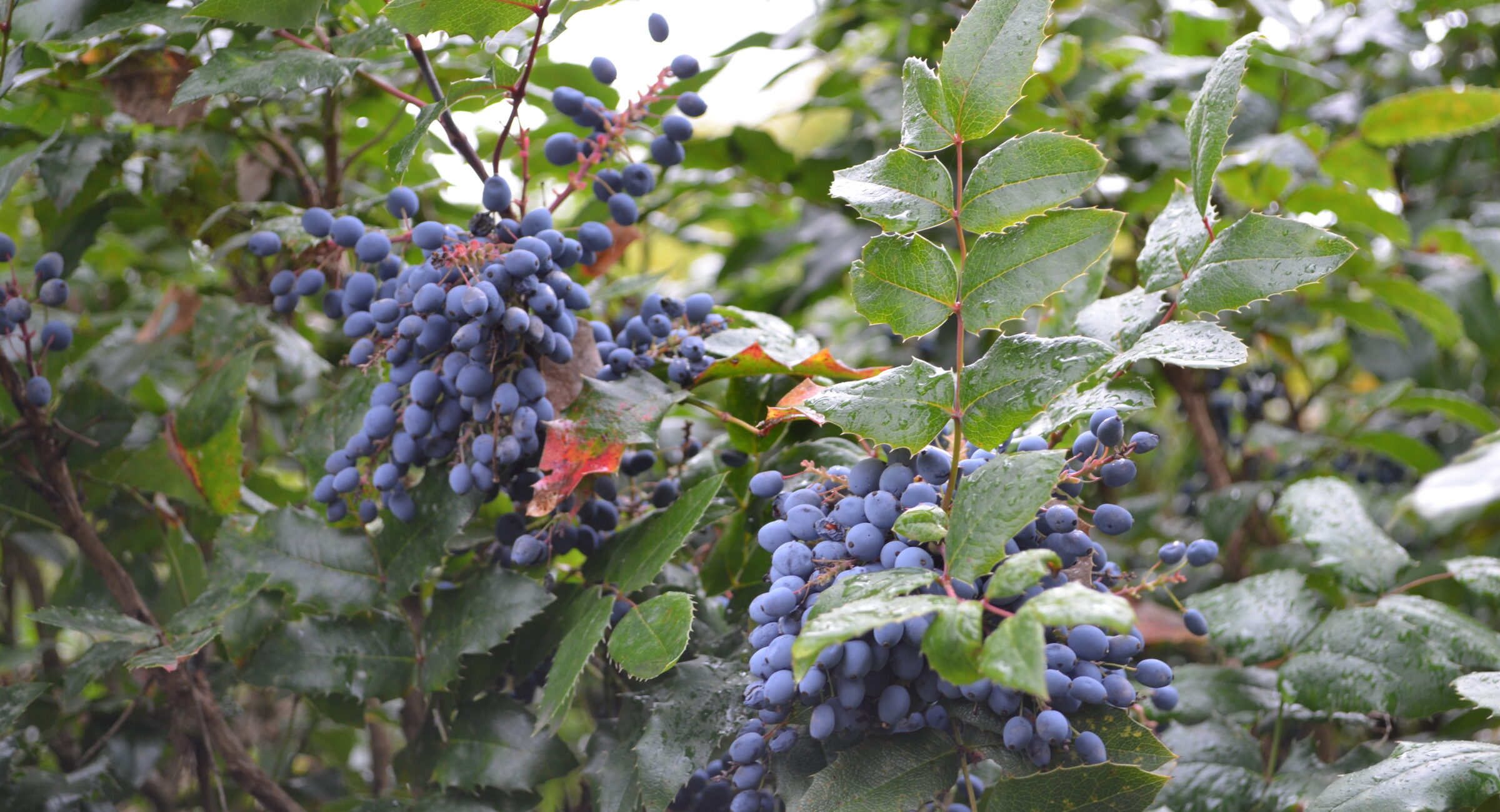
What does a good bottle of red wine have in common with your leather jacket? Tannins. The same compound that’s used for “tanning” leather also helps preserve fine red wines as they age and forms part of a wine’s “structure” (more on that below).
- The best way to understand tannins is to sip a cup of plain tea that has been steeped for a while. The astringent, mouth-puckering sensation is caused by tannins.
- We perceive tannins as a texture rather than a taste. That's because tannins neutralize the lubrication normally provided by saliva, causing a rougher or dryer sensation. In wine, depending on the grape and winemaking techniques, that texture can be described with words such as harsh, firm, velvety and silky.
- Tannin is also responsible for the sediment that sometimes forms in the bottom of an older bottle of red wine. Over time, tannin molecules combine into longer strings that settle out of the wine, leaving it more mellow. The sediment won’t hurt you, but it’s not particularly pleasant if you get a mouthful.
Wine tannins come primarily from the grape skins, seeds and stems. If the wine is aged in new oak, it will extract additional tannins from the wood. After a barrel has been used several times, however, it does not contribute significant tannins (or flavors) to the wine.
Generally, tannins are significant only in red wines because of how they are made. Unlike white wines, red wines are left in contact with the grape skins and pulp (“maceration”) while they ferment. This extracts tannins and also gives the wine its color.
- High tannin levels allow a wine to age for long periods. That’s why a good Left-Bank Bordeaux deserves five to ten years of bottle age before consumption; otherwise the tannins can still be unpleasant. Many New World winemakers use techniques that soften tannins. For example, you can drink many California Cabs young even though Cabernet is a high-tannin grape. And, although our wine of the week is a Left Bank Bordeaux, it has enough Merlot in the blend to soften it so that it drinks very nicely at four years old.
- Tannins also provide “structure” to the wine. In wine, structure consists of tannin, alcohol, acid and sugar. These things give the wine its body and provide a framework that is embellished by aromas and tastes. In a good wine, all four elements will be in balance.
Different grape varieties have varying levels of tannins. In addition to the natural grape tannin level, winemaking techniques can affect the tannin characteristics. For example, harvesting grapes later in the season can mellow the grape tannins, and extending the maceration period or barrel aging can add tannins. Here are relative tannin levels for some popular grape varieties:
- High: Cabernet Sauvignon; Nebbiolo (found in Barolo and Barbaresco wines); Malbec
- Medium: Merlot; Tempranillo; Sangiovese; Grenache; Cabernet Franc; Syrah
- Low: Pinot Noir; Gamay (found in Beaujolais)
Our wine of the week is a 2016 Château Sénéjac Haut-Medoc ($22 retail). Haut-Medoc is on Bordeaux’s Left Bank, so this is a Cabernet Sauvignon dominant (51 percent) blend, with 36 percent Merlot and the balance is Cabernet Franc and Petit Verdot. It has silky tannis, softened by the Merlot. It’s deep purple, with aromas of black fruit, spice and a hint of oak. The palate has a nice combination of black fruit and chocolate, with a full body and a nice, long finish. This is a nicely balanced wine, and at 13.5 percent, the alcohol is not overwhelming.
- The bottom line: this wine is a great value, and we really enjoyed it.
Cheers!
